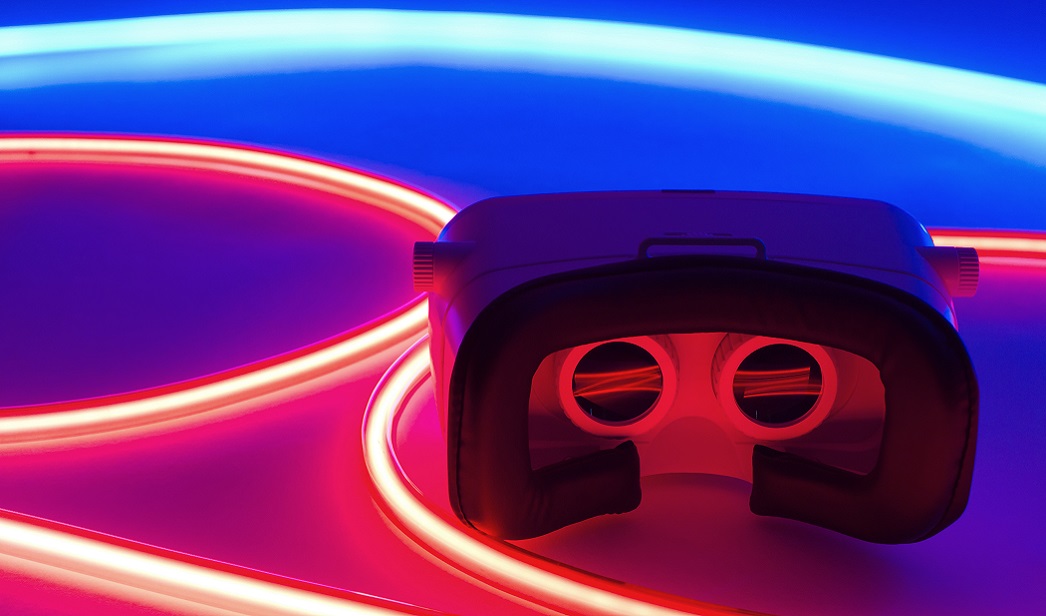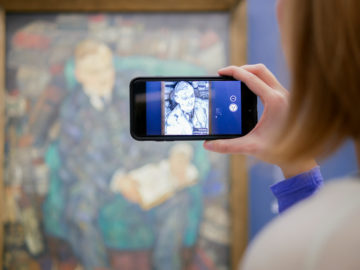Was macht VR interessant für Marketing?
Einige Beispiele für den Einsatz von VR für neue Markenerlebnisse.
Franke Küchen: Küchenkauf als virtuelles Kundenerlebnis
Mit dem „Virtual Showroom“ können sich die Kunden des Küchenherstellers Franke ihre „Traumküche“ nicht nur ansehen, sondern sie virtuell erleben. Schränke, Großgeräte oder Spülen lassen sich nach Herzenslust verschieben, Farben auswechseln und verschiedene Materialien ausprobieren. Die Umgebung läuft komplett im Webbrowser und passt sich dank des responsiven Designs an das verwendete Endgerät an.
Marriott: virtuell verreisen
„Transporters“ nannte die Hotelkette ihre VR-Installation in Anspielung auf Star Trek. Damit konnte man viele Orte der Welt virtuell erleben, an denen es Marriott-Hotels gibt. Wie man an den Reaktionen sieht, kann das durchaus ein beeindruckendes und emotionales Erlebnis sein.
5. Boursin: The Sensorium
Eine multisensorale Tour vom UK – Käsehersteller Boursin durch den Kühlschrank, um auf das Produktprofil und Rezeptideen aufmerksam zu machen. (Live experimental marketing)
VR auf Messen/ Food Expo
1. Key Technology: VERYX Food Sorting
Eine VR Demo für Besucher der ‚Pack Expo food packaging trade show‘, bei der man die Lebensmittelherstellungstechnologie VERYX virtuell erleben kann.
Honda: Virtual Reality Experience for the All-New Civic
Honda provided Google Cardboard VR headsets to more than 1,000 participants at a keynote event, allowing car enthusiasts to experience Honda’s virtual reality content and Honda to be an early adopter of VR marketing.
Google: The Hidden Worlds of the National Parks
Google offers a 360° videos and images of over 200 places around the world, at the comfort of our homes. Called “The Hidden Worlds of the National Parks.
VR im therapeutischen Bereich / Healthcare
Relieve stress and reduce pain
Patients in hospital settings typically spend time anxiously waiting for various procedures and doctor and nurse check ins, an activity that does not contribute to, and can harm, recovery. By offering VR experiences to admitted patients like visiting different places, patients can reduce stress and relieve any associated pain. At a larger level beyond a patient’s in-care experience, the overall cost of care can go down if health outcomes are improved through the alleviative properties of VR and patients can go home earlier.
Serve as a therapy tool
VR as therapy has started to show tangible results in the medical community. For example, as physical therapy, VR can help train brains to link simulated movement in VR to real limb movement in the real world. As a treatment for PTSD, VR can recreate traumatic environments or incidents and deploy ‘extinction learning’ to then relieve anxiety around the triggered trauma.

